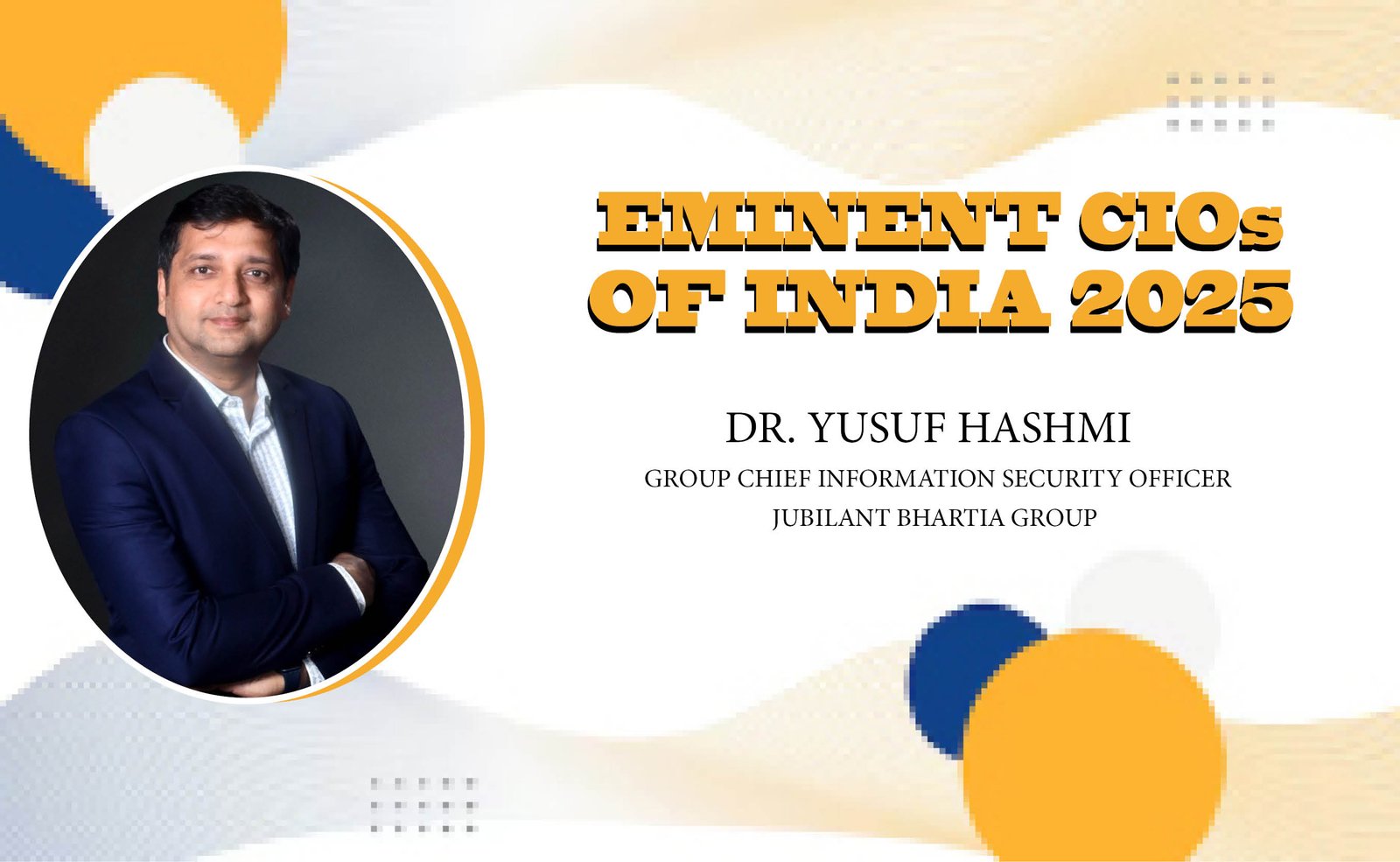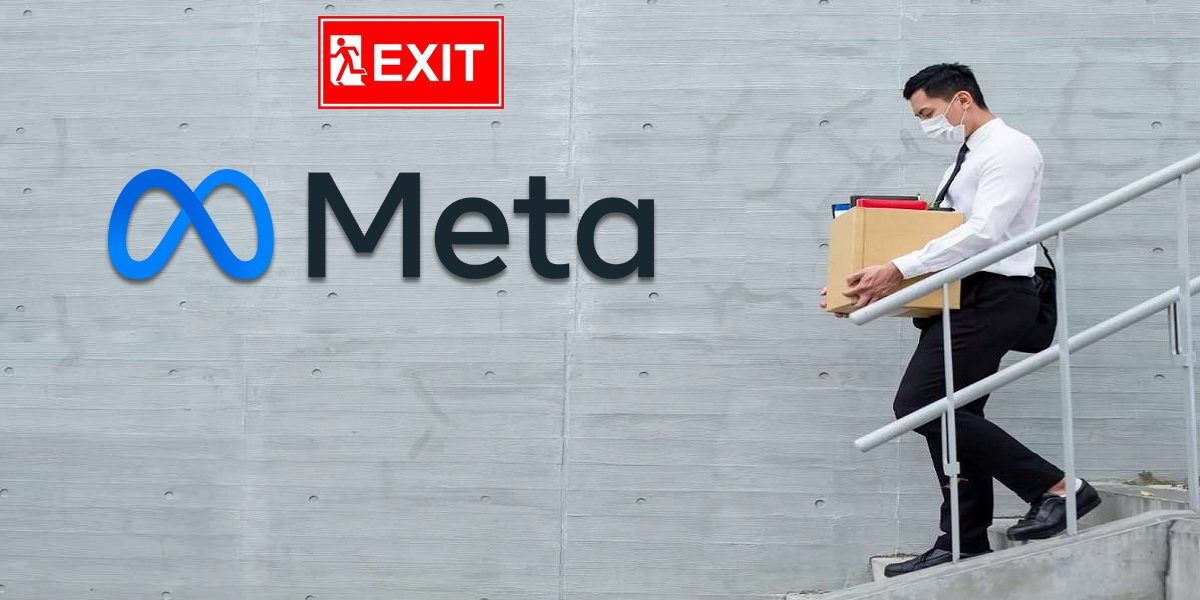Dr. Yusuf Hashmi, Group Chief Information Security Officer, Jubilant Bhartia Group
Navigating Enterprise Transformation in 2025: Five Strategic Tech Trends
In 2025, enterprises are undergoing rapid digital transformation, powered by five key technology trends:
◆ AI Everywhere: Generative AI tools like copilots and intelligent agents are embedded across business functions. AIOps is transforming IT operations into predictive, self-healing environments.
◆ Hyperautomation: Organizations are accelerating operational efficiency through a powerful mix of RPA, AI, and low-code/no-code platforms. Intelligent workflows, including document processing and human-in-the-loop automation, are redefining process optimization.
◆ Cybersecurity by Design: Security is shifting from reactive to intrinsic. Zero Trust architectures, identity-centric models, and advanced XDR tools are forming the backbone of proactive defense.
◆ Composable & Cloud-Native Architectures: Enterprises are embracing modular, API-first design principles and hybrid/multi-cloud strategies to ensure agility, resilience, and rapid scalability.
◆ Sustainability & Digital Responsibility: Green IT practices—such as carbon footprint tracking, energy-efficient infrastructure, and ethical AI—are being adopted to meet ESG goals and enhance digital trust.
The Evolving Role of the CIO: From IT Leader to Business Strategist
Today's CIO is no longer just a technology custodian but a pivotal driver of enterprise strategy. Modern CIOs are:
◆ Orchestrating AI and analytics to fuel innovation and competitive differentiation.
◆ Driving operational agility through DevOps, cloud modernization, and adaptive governance.
◆ Ensuring regulatory compliance, business continuity, and cyber resilience.
◆ Leading workforce transformation through digital upskilling and next-gen workplace platforms.
Building a Security-First Culture
Cybersecurity maturity now begins with people, not just technology. Enterprises are investing in:
◆ Role-based, gamified training and real-time phishing simulations.
◆ Executive accountability with C-suite sponsorship and board-level risk discussions.
◆ Security champions across business units to drive contextual awareness.
◆ DevSecOps integration embedding security in the development lifecycle.
◆ Behavioral metrics and incentives to track improvement and promote secure practices.
Integrated Security Through Redefined Leadership
Modern security strategies now rely on AI-powered threat detection, SOAR, continuous authentication, and integrated stacks like XDR and SASE. With Zero Trust and automation as defaults, strong AI governance ensures ethical, transparent, and compliant security practices.
Enterprises are forming digital leadership teams to drive innovation with trust. However, role clarity is critical meaning, maintaining the DPO’s independence is essential to ensure unbiased oversight of data governance, privacy, and compliance—without interference from other tech leadership roles.






